You have no items in your shopping basket.
Mon - Fri 9AM - 5PM
024 7610 0090
You have no items in your shopping basket.
You have no items in your shopping basket.
Upgrade your life-saving skills with The Mandatory Training Group's CPD-accredited CPR and basic life support training courses. Designed to meet UK resuscitation guidelines, our expert-led courses ensure you're prepared to respond confidently in emergencies. Enrol now and make a difference when it matters most.
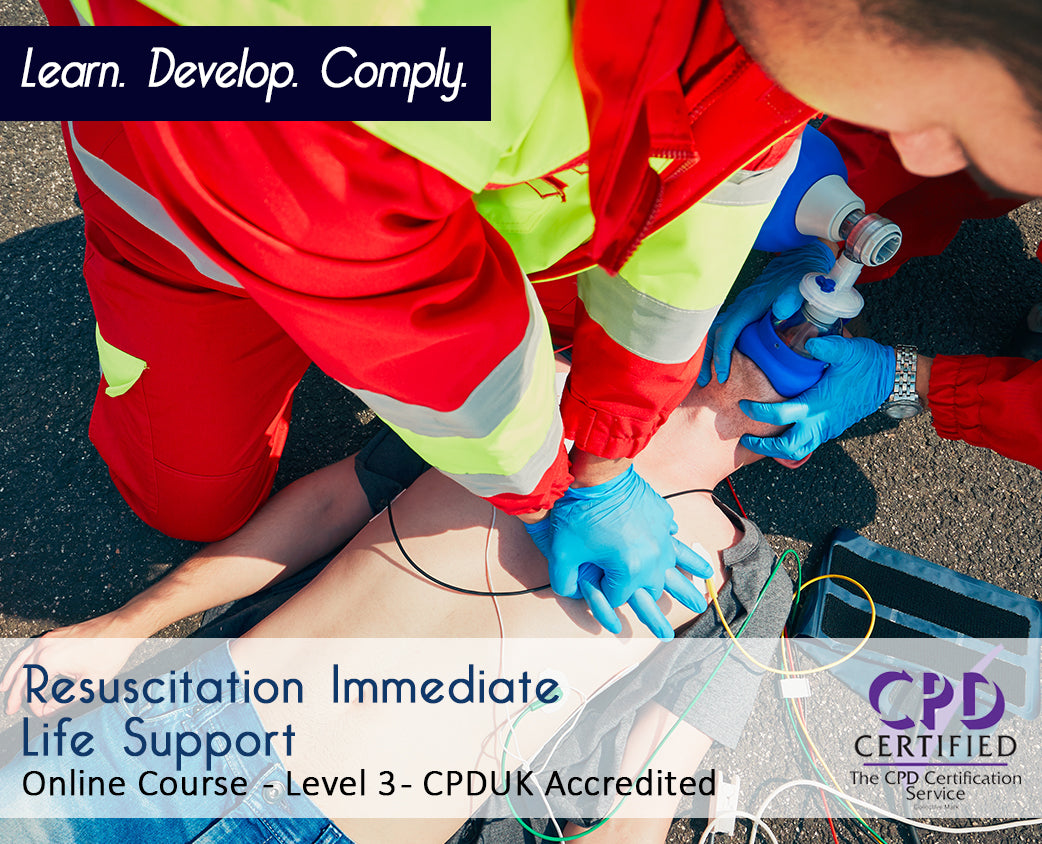
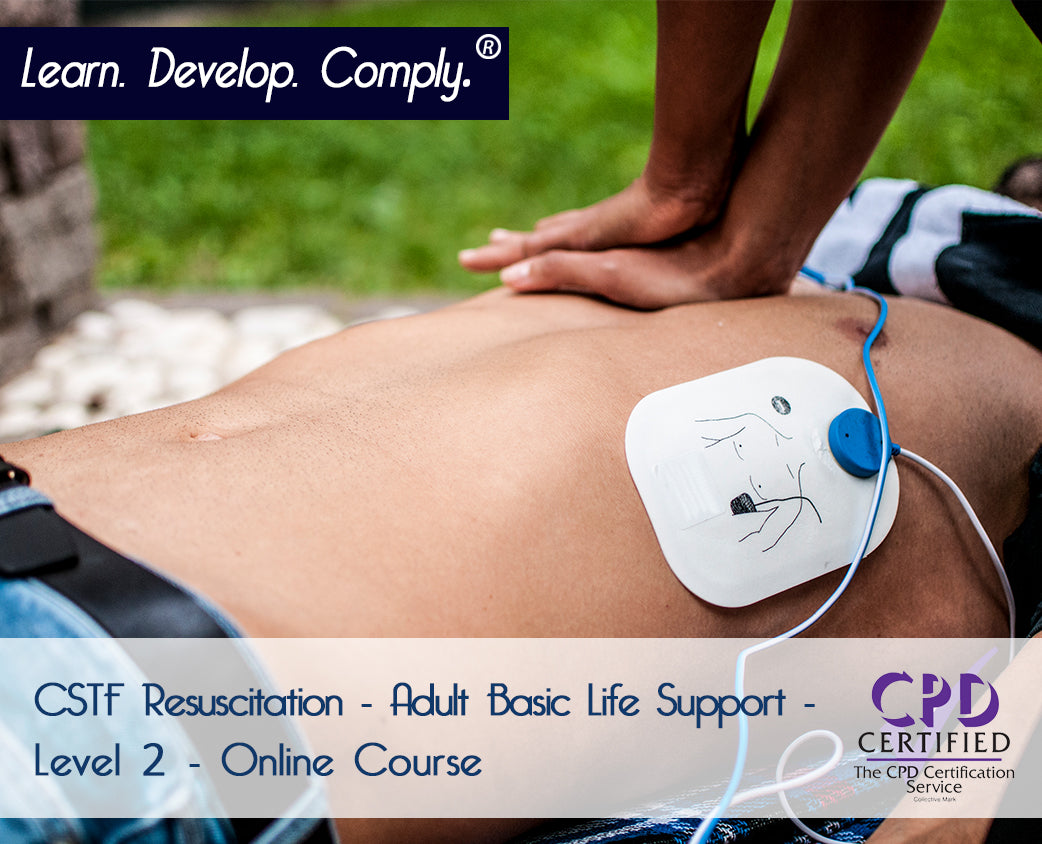
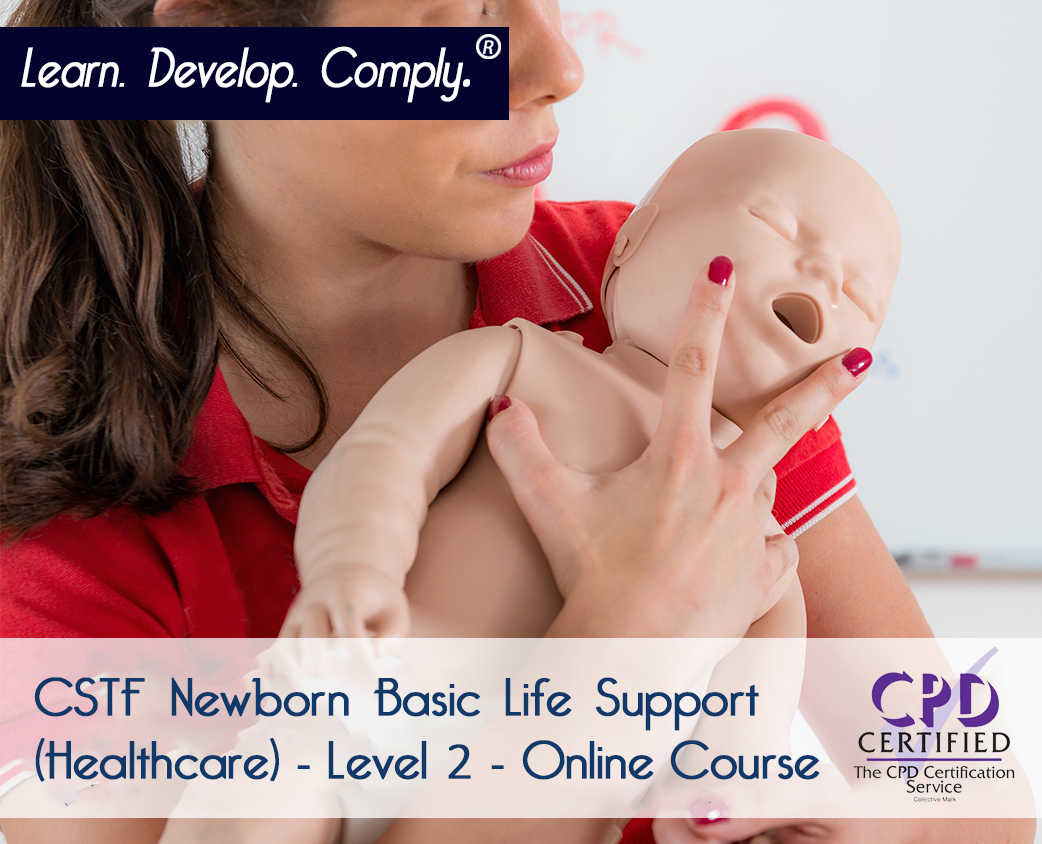
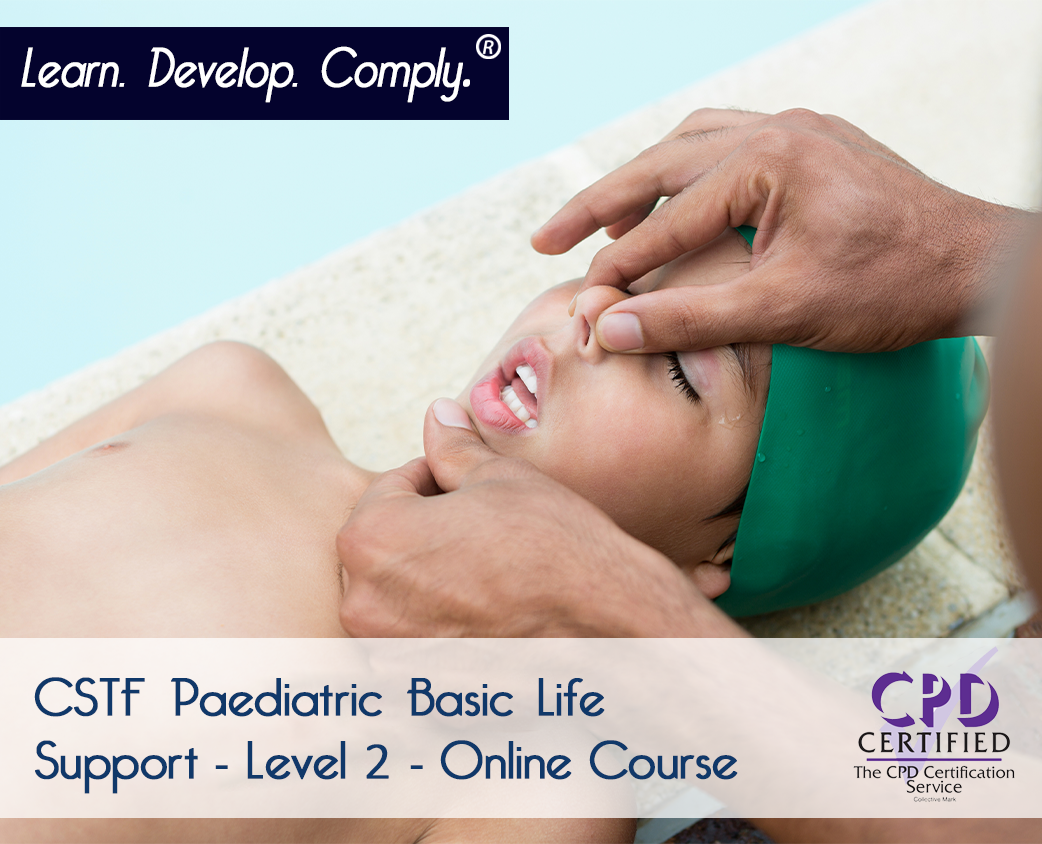
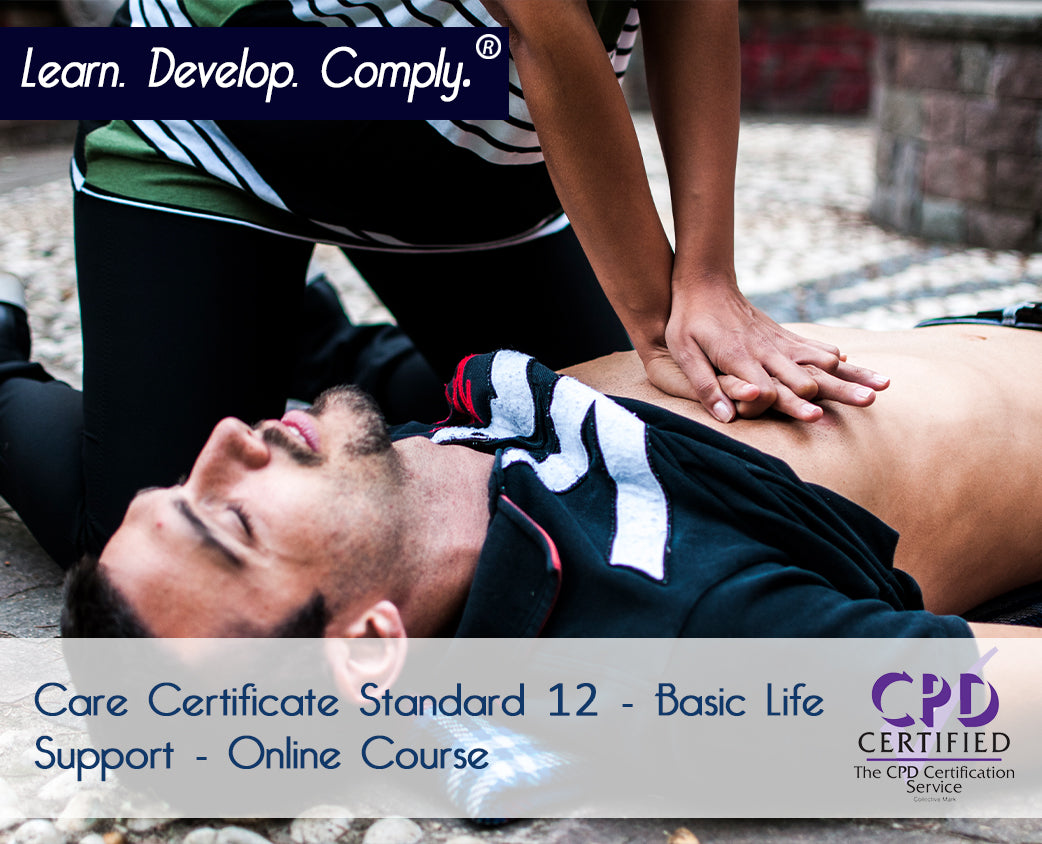
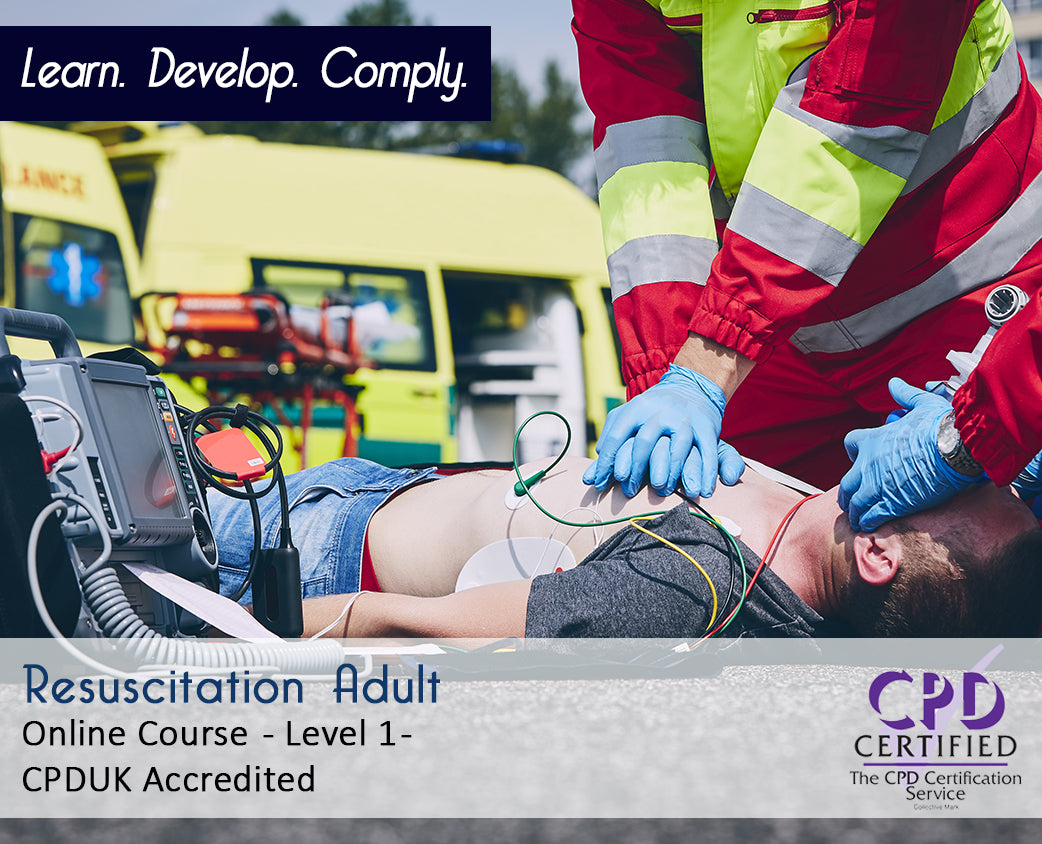
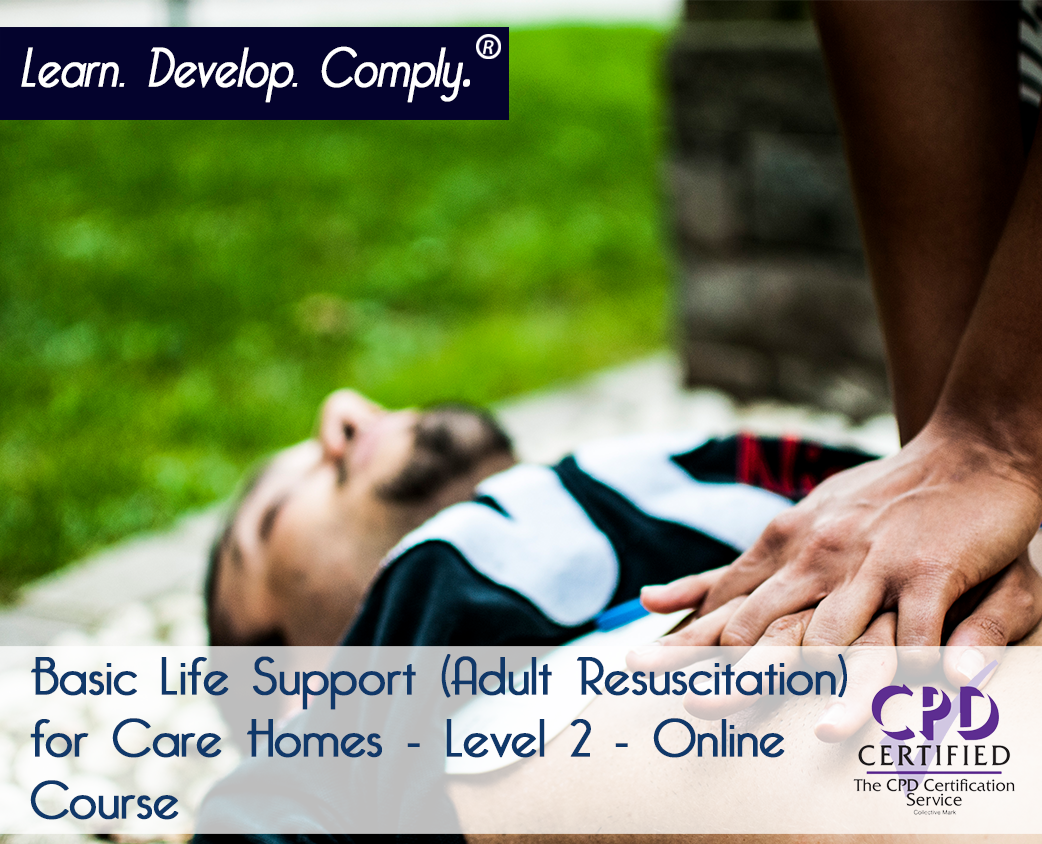
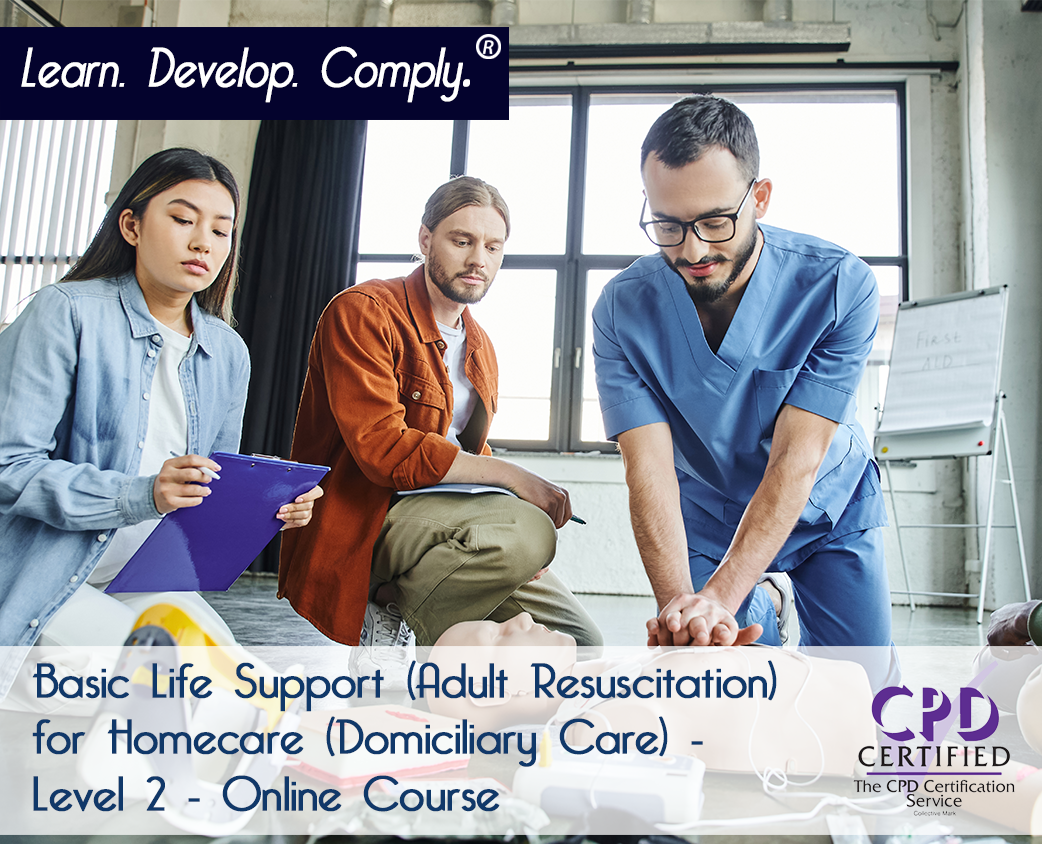
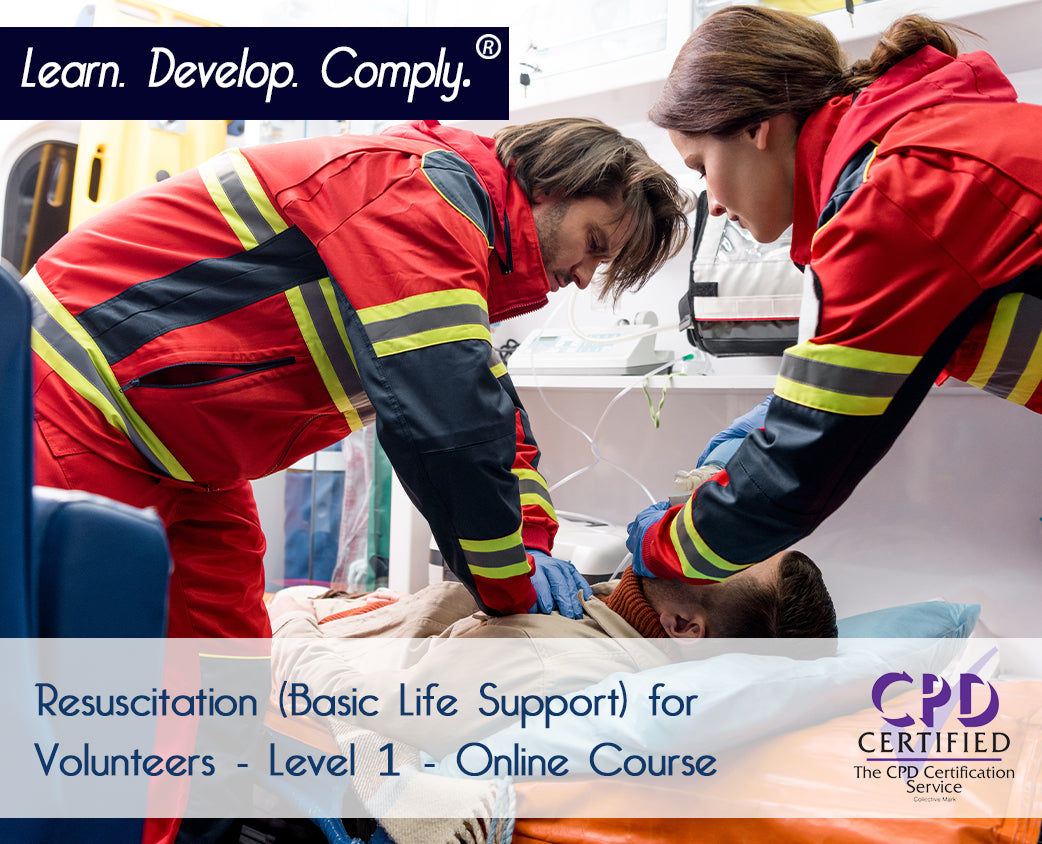
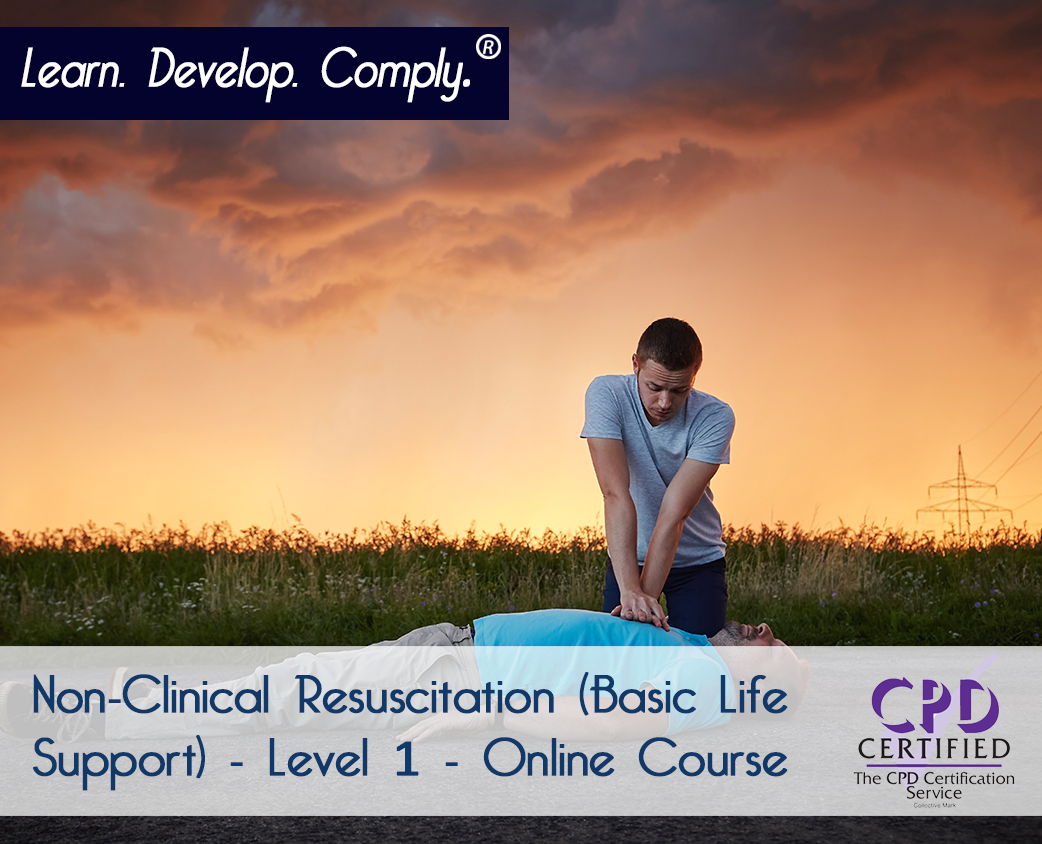
| Product | Price | Quantity | Options | |||||
|---|---|---|---|---|---|---|---|---|
| Features |
| Availability: |
| Price |
| Options |
| Actions |
